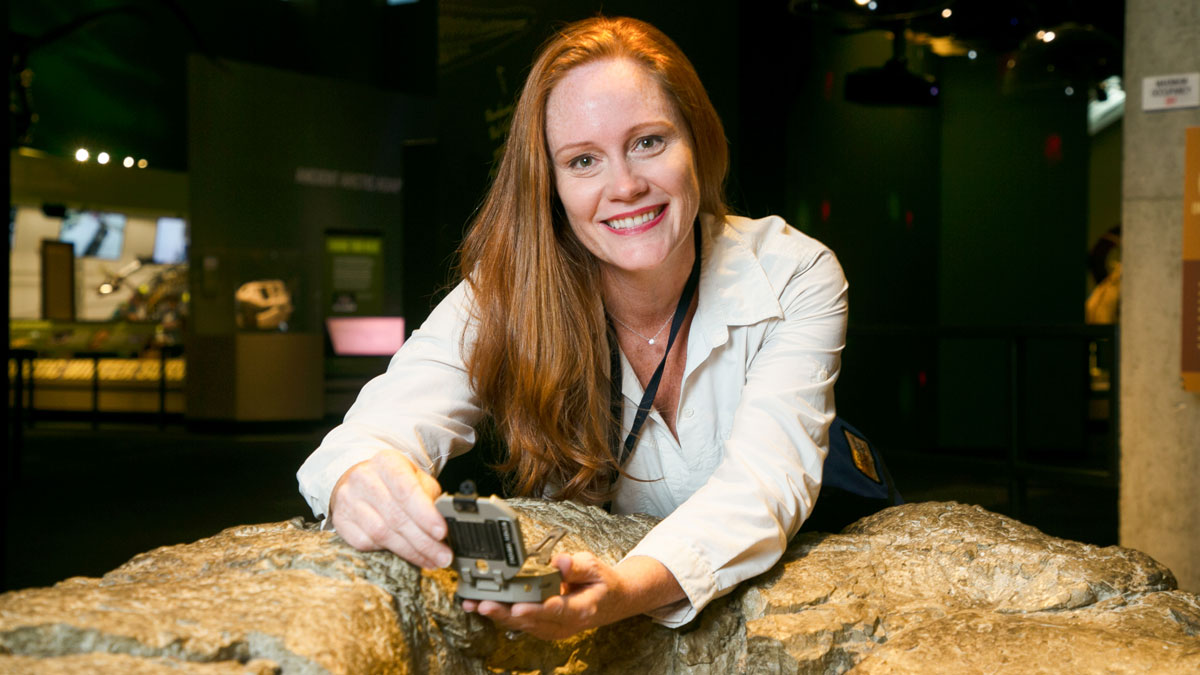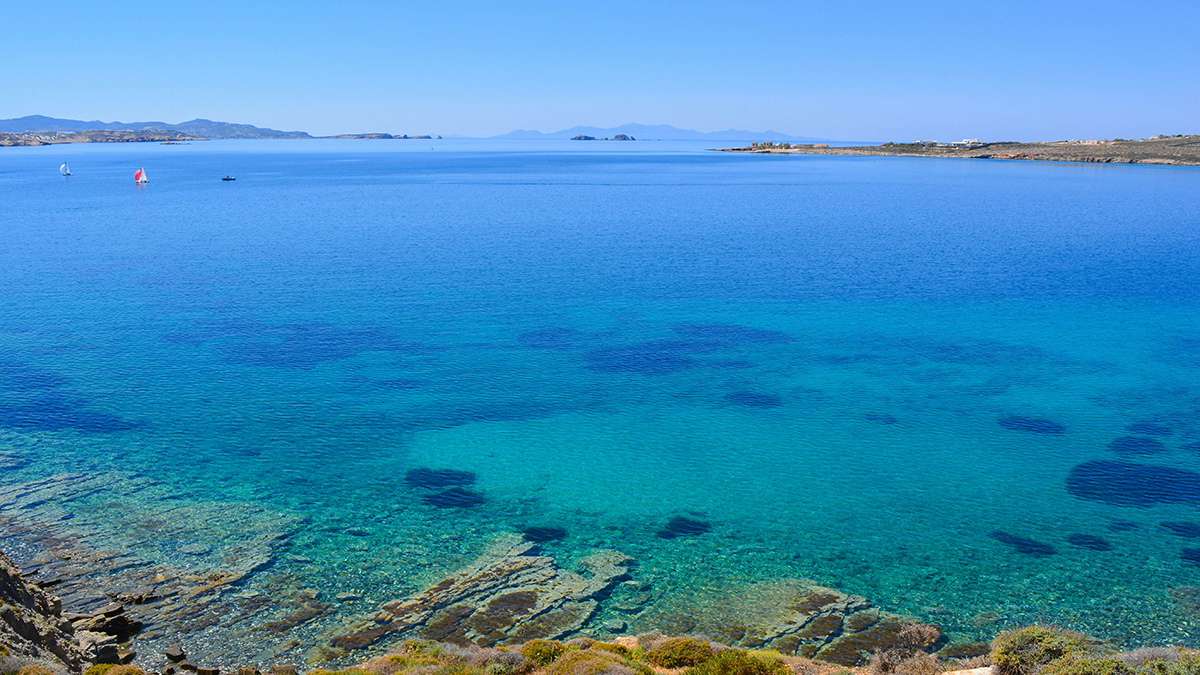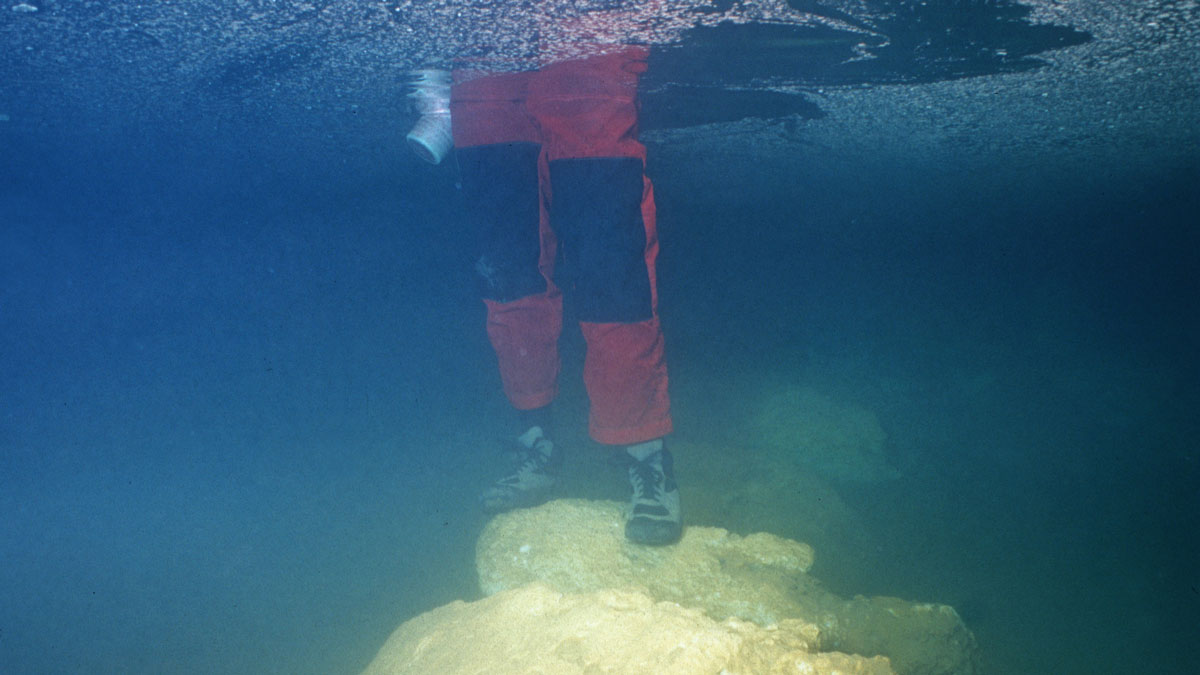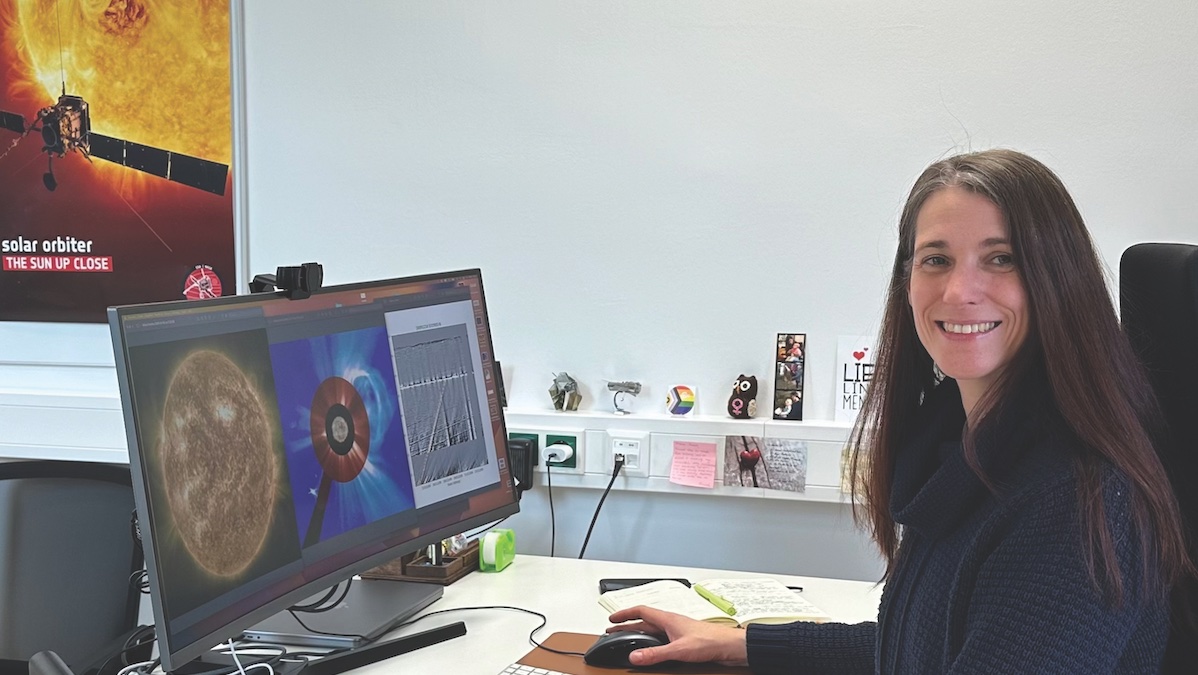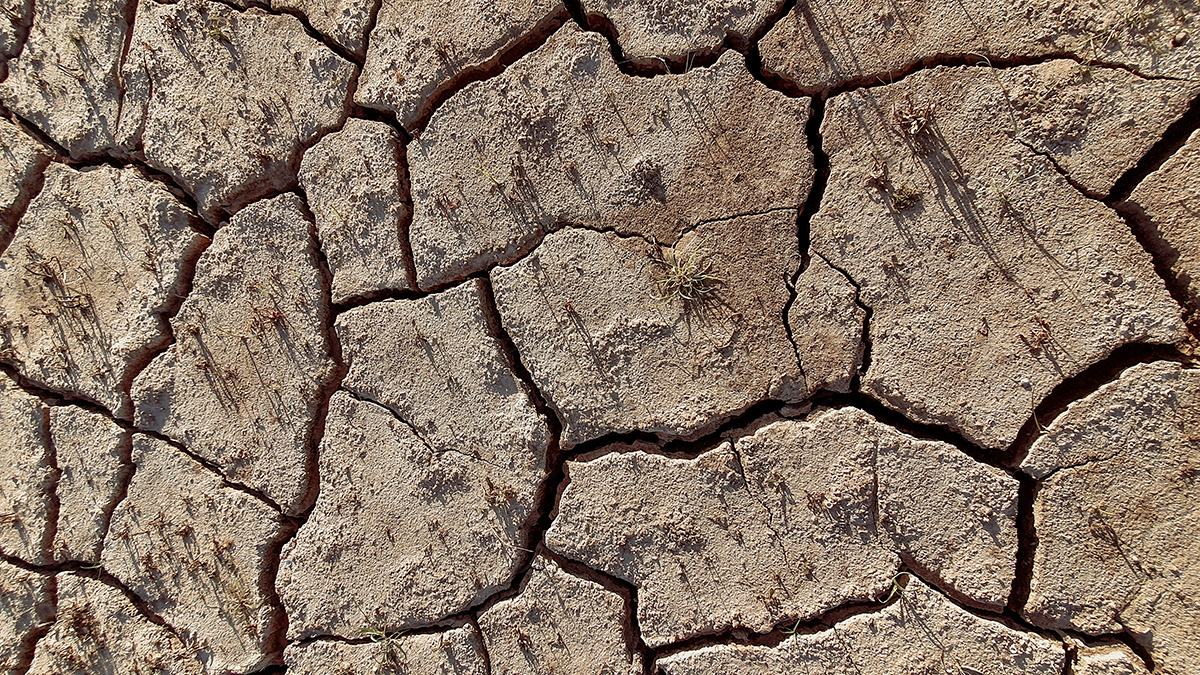This earthquake enthusiast and science communicator wants you to know that a “whole ecosystem” of scientific careers exists outside of academia.
Elise Cutts
Ancient Greeks and Romans Laced the Aegean with Lead
Lead pollution in and around the Aegean Sea dates back to the Bronze Age and shows a strong spike associated with Roman expansion.
Geoscientists Demystify Baseball’s Magic Mud
Taking baseball’s mysterious Rubbing Mud into the lab revealed no magic ingredients—but plenty of useful natural properties from geomaterials.
Torrents of Sediment-Laden Water Worsened Disastrous Libyan Floods
Drought followed by torrential rain can unleash deadly floods in arid regions, like those that affected Libya in 2023.
Underwater Bridge Suggests a Surprising Date for First Migration to Mallorca
A controversial study suggests that humans settled on the Spanish island 1,000 years earlier than archaeologists believe.
Some Reefs Could Bleach Year-Round by 2080
Cutting greenhouse gas emissions could protect some reefs more than others.
Cate Larsen: Teaching About Rocks
A geocommunicator uses the connective power of social media to bring geology to the masses.
Tanja Amerstorfer: Forecasting Space Weather
The deputy head of the Austrian Space Weather Office built a supportive network.
Scientists Find Clues to Atlantic Current’s Future in Ancient Iceberg Debris
Modern ice loss from Greenland rivals the most dramatic episodes of ice sheet collapse.
Cracking Soils Could Accelerate Climate Change
Climate change is expected to lead to more frequent and intense drought, which in turn causes soil to crack, releasing more carbon dioxide and further warming the planet.

